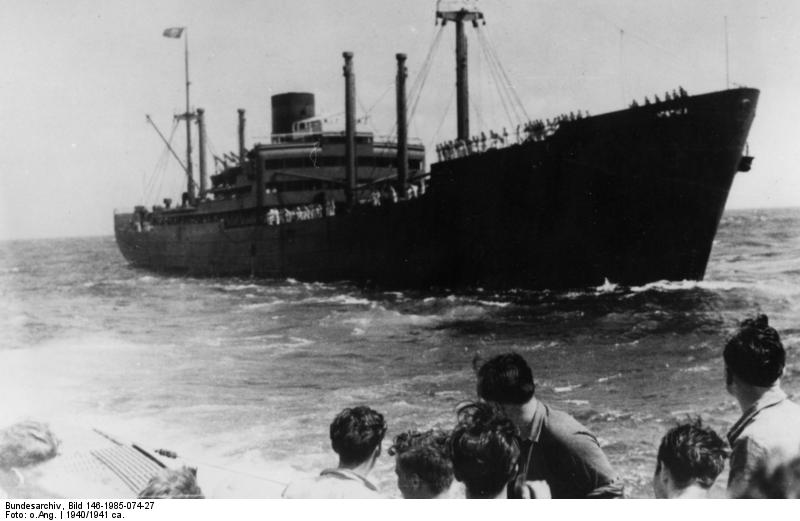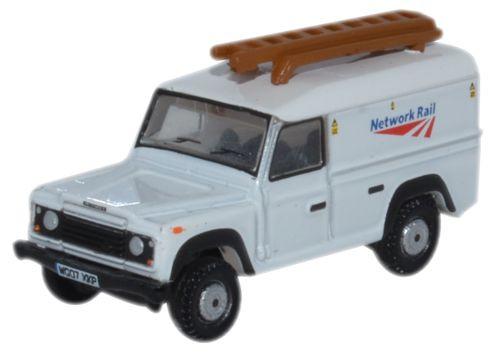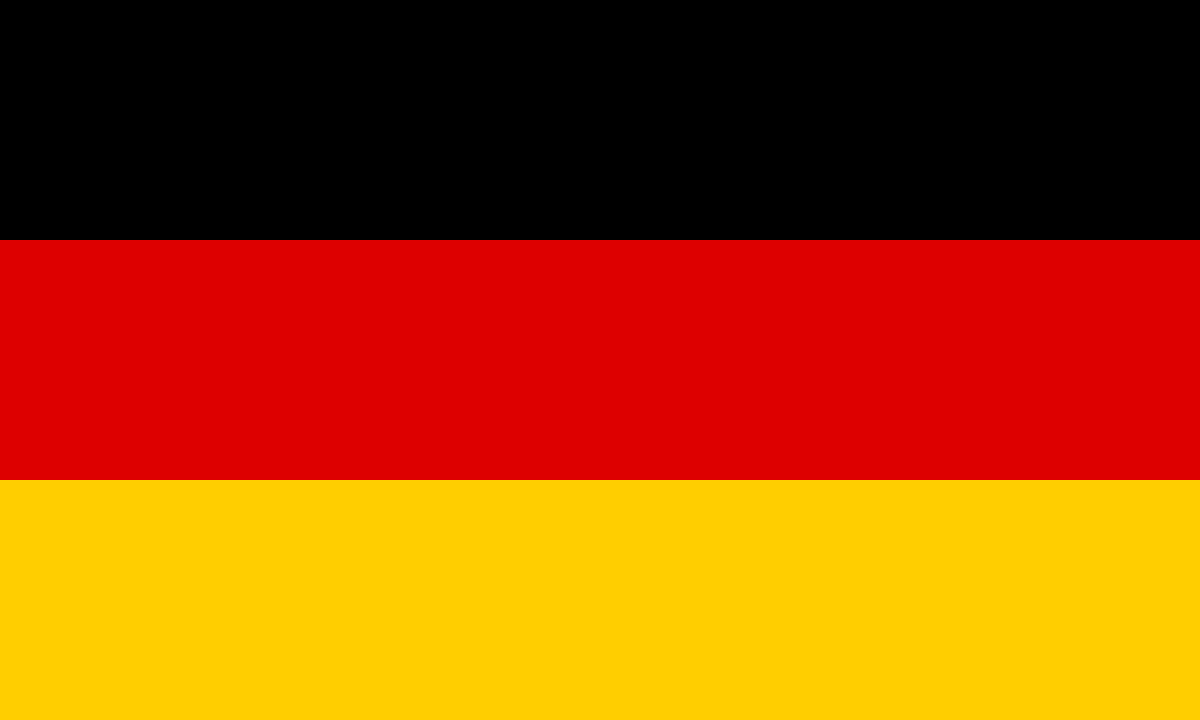History: The German auxiliary cruiser Kormoran (HSK-8) was a Kriegsmarine (German navy) merchant raider of World War II. Originally the merchant vessel Steiermark, the ship was acquired by the navy following the outbreak of war for conversion into a raider. Administered under the designation Schiff 41, to the Allied navies she was known as "Raider G." The largest merchant raider operated by Germany during World War II, Kormoran was responsible for the destruction of 10 merchant vessels and the capture of an 11th during her year-long career in the Atlantic and Indian oceans.
She is also known for sinking the Australian light cruiser HMAS Sydney during a mutually destructive battle off Western Australia on 19 November 1941. Damage sustained during the battle prompted the scuttling of Kormoran. While 318 of the 399 aboard the German ship were rescued and placed in prisoner of war camps for the duration of World War II, there were no survivors from the 645 aboard the Australian cruiser. The wreck of Kormoran was rediscovered on 12 March 2008, five days before that of her adversary.
Kormoran's success is commonly attributed to the proximity of the two ships during the engagement, and the raider's advantages of surprise and rapid, accurate fire. Prior to the discovery of the wrecks in 2008, the cruiser's loss with all hands compared to the survival of most of the German crew created controversy and spawned numerous conspiracy theories; some alleged that the German commander, Theodor Detmers, used illegal ruses to lure Sydney into range, others that a Japanese submarine was involved, or that details of the battle were concealed through a wide-ranging coverup.
She is also known for sinking the Australian light cruiser HMAS Sydney during a mutually destructive battle off Western Australia on 19 November 1941. Damage sustained during the battle prompted the scuttling of Kormoran. While 318 of the 399 aboard the German ship were rescued and placed in prisoner of war camps for the duration of World War II, there were no survivors from the 645 aboard the Australian cruiser. The wreck of Kormoran was rediscovered on 12 March 2008, five days before that of her adversary.
Kormoran's success is commonly attributed to the proximity of the two ships during the engagement, and the raider's advantages of surprise and rapid, accurate fire. Prior to the discovery of the wrecks in 2008, the cruiser's loss with all hands compared to the survival of most of the German crew created controversy and spawned numerous conspiracy theories; some alleged that the German commander, Theodor Detmers, used illegal ruses to lure Sydney into range, others that a Japanese submarine was involved, or that details of the battle were concealed through a wide-ranging coverup.
Type: Auxilliary
Primary Country: Germany is a Western European country with a landscape of forests, rivers, mountain ranges and North Sea beaches. It has over 2 millennia of history. Berlin, its capital, is home to art and nightlife scenes, the Brandenburg Gate and many sites relating to WWII. Munich is known for its Oktoberfest and beer halls, including the 16th-century Hofbräuhaus. Frankfurt, with its skyscrapers, houses the European Central Bank.
Item Links: We found: 1 different collections associated with Kormoran - Auxilliary
- Collection Warships: 1 different items.
Item created by: Lethe on 2019-03-20 12:17:30. Last edited by gdm on 2019-03-25 10:05:07
If you see errors or missing data in this entry, please feel free to log in and edit it. Anyone with a Gmail account can log in instantly.
If you see errors or missing data in this entry, please feel free to log in and edit it. Anyone with a Gmail account can log in instantly.








